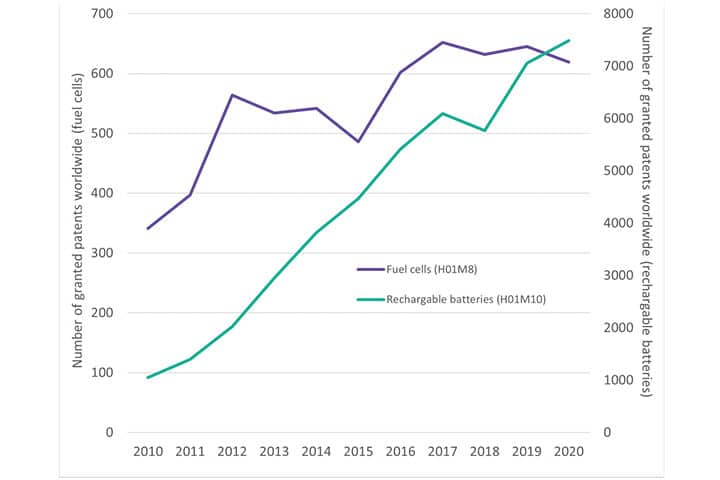COP26 is currently taking place in Glasgow, with delegates from around the world focused on the matter of climate change. The goals of COP26 are1:
- Secure global net zero by mid-century and keep 1.5 degrees within reach
- Adapt to protect communities and natural habitats
- Mobilise finance
- Work together to deliver
There are obviously a lot of challenges involved in tackling climate change, and it will take many different solutions to move forward with each of these goals. But it is clear that new innovations will be key to keeping 1.5 degrees within reach. These innovations will include novel materials which allow new technologies to emerge and become successful.
Along these lines, the Henry Royce Institute (the UK’s National Institute for Advanced Materials Research and Innovation) and IOM3 (the Institute of Materials, Minerals & Mining) recently launched a joint report setting out 10 areas in which materials research can help a ‘green industrial revolution’ in the UK2. These 10 areas are:
- Offshore Wind
- Low Carbon Hydrogen
- New and Advanced Nuclear Power
- Zero Emissions Vehicles
- Green Public Transport, Cycling and Walking
- ‘Jet Zero’ & Green Ships
- Greener Buildings
- Carbon Capture, Usage & Storage
- Natural Environment
- Green Finance & Innovation
The potential for new materials to help prevent the worst outcomes from climate change across these 10 areas is vast. This includes new materials to increase the efficiency and lifetime of wind turbines, while also making the turbines more recyclable; new materials for the large-scale production and distribution of green hydrogen; and new materials to reduce the energy used in buildings, to name just a few.
One of these areas which lines up particularly well with COP26 is zero emissions vehicles, with speeding up the switch to electric vehicles being a focus of the summit. Electric vehicles include cars powered by large rechargeable batteries, and cars with fuel cells running on hydrogen fuel. Materials scientists are currently working on reducing the size and weight of batteries, improving efficiency and increasing storage capacity.
To get an overview of how commercial applications of these technologies are growing, we have looked at the number of patents which have been granted worldwide for fuel cells (patent classification H01M8) and rechargeable batteries (patent classification H01M10) which mention electric vehicles.
